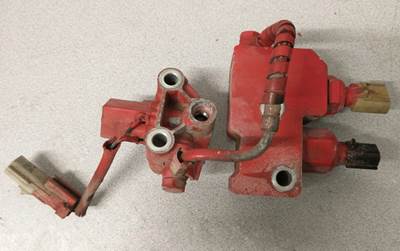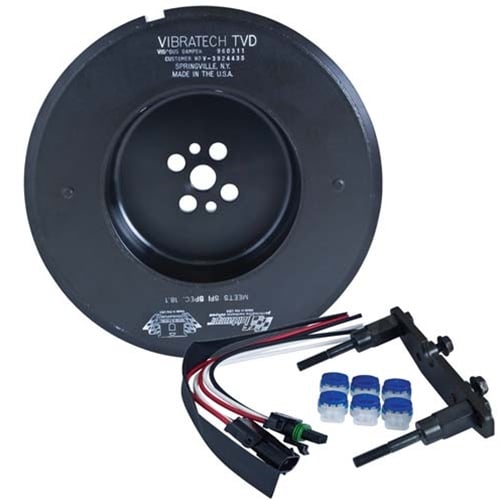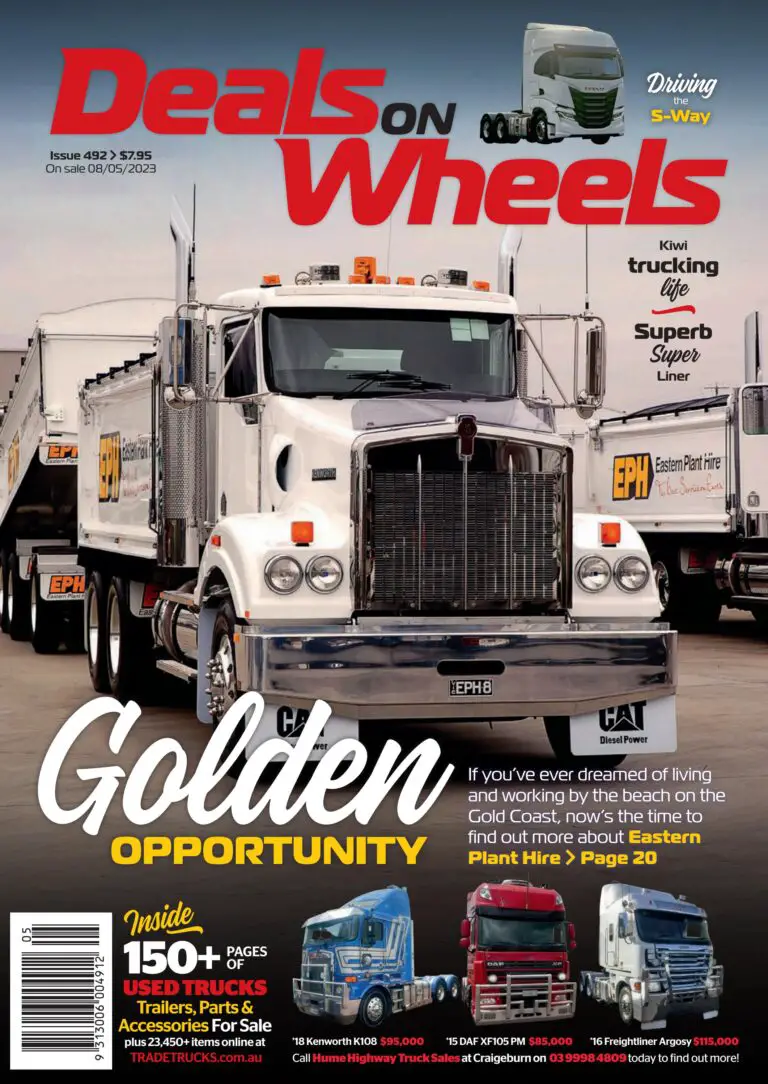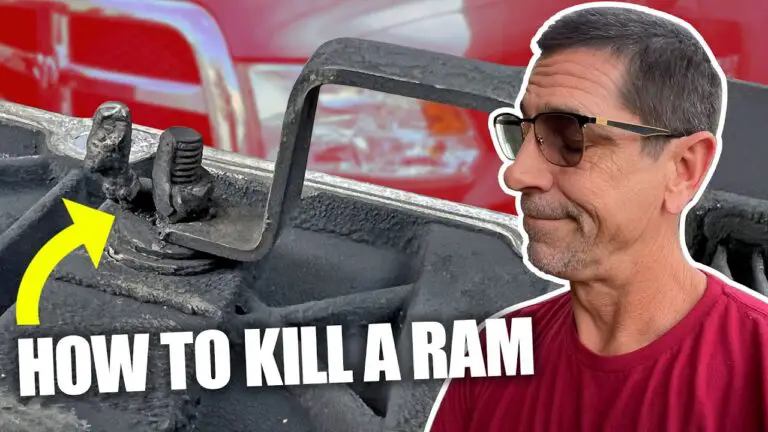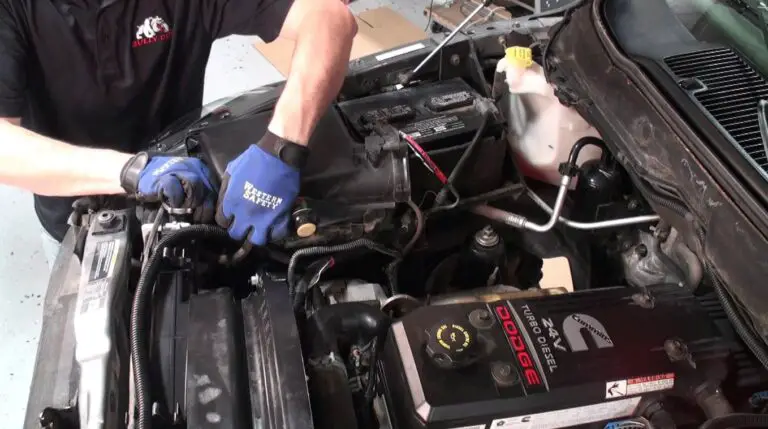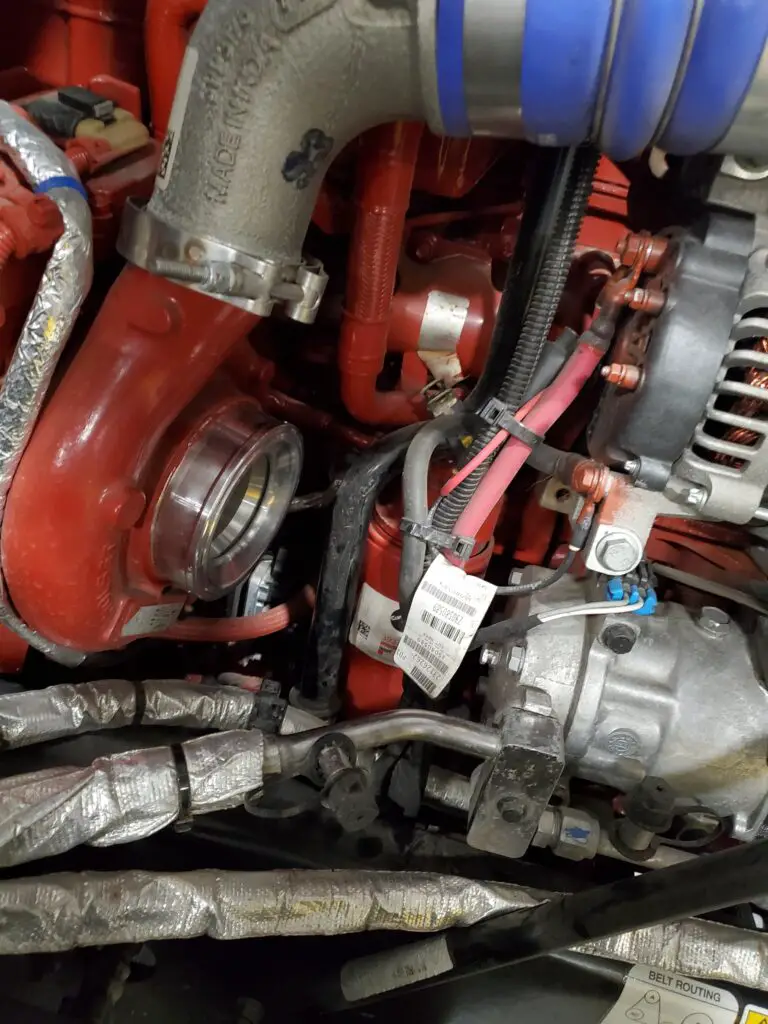6.7 Cummins Squealing Noise at Idle: Troubleshooting Guide
The 6.7 Cummins engine may produce a squealing noise at idle due to a worn or cracked serpentine belt, which can result in a loose fit or belt snapping. Additionally, a high-pitched whistling sound may indicate a boost leak, where clamps and components leak out air under pressure.
Introducing the 6. 7 Cummins Squealing Noise at Idle: Understanding the common causes of a squealing noise in a 6. 7 Cummins engine at idle is crucial for troubleshooting and addressing the issue promptly. We will discuss two primary culprits: a worn or cracked serpentine belt and a boost leak, providing insights into what causes these sounds and how to fix them.
By understanding these potential causes, Cummins owners can effectively diagnose and resolve the squealing noise at idle, ensuring optimal engine performance.
Understanding The Causes Of Squealing Noise In 6.7 Cummins Engine
One of the causes of squealing noise in a 6.7 Cummins engine at idle could be a worn or cracked serpentine belt. Serpentine belts have grooves that fit into grooves in the pulleys. Over time, these grooves can wear down, resulting in a loose fit. A worn belt can begin to slip, causing the squealing noise. Alternatively, cracks in the belt can cause it to snap, resulting in the noise as well.
Another possible cause of squealing noise in a 6.7 Cummins engine is a boost leak from the turbochargers. A boost leak occurs when clamps and other components leak out air when under pressure from the turbochargers. This can result in a high-pitched whistling sound.
Diagnosing A Squealing Belt In 6.7 Cummins Engine
Diagnosing a Squealing Belt in 6.7 Cummins Engine
If you hear a squealing noise coming from your 6.7 Cummins engine at idle, it is likely caused by a belt issue. The first step in diagnosing the problem is locating the source of the squealing noise. Inspecting the serpentine belt for wear and cracks is crucial. Over time, the grooves on the belt can wear down, resulting in a loose fit and causing the belt to slip, which leads to the squealing noise. Cracks in the belt can also cause it to snap and produce the squeal. Removing the serpentine belt and starting the truck can help determine if the noise is belt-related. If the squeak goes away when the belt is removed, then it is likely a belt issue. Otherwise, further inspection is required to identify the source of the noise.
Fixing A Squealing Belt In 6.7 Cummins Engine
Fixing a Squealing Belt in 6.7 Cummins Engine
One common issue that Cummins truck owners may experience is a squealing noise coming from the engine at idle. This noise is often caused by a worn or cracked serpentine belt. Over time, the grooves in the belt can wear down, resulting in a loose fit and slip. Additionally, cracks in the belt can lead to snapping. To address this issue, you can follow a step-by-step guide to replace the serpentine belt.
- Removing the Old Serpentine Belt: Start by locating the belt tensioner and using a wrench to relieve tension on the belt. Slide the old belt off the pulleys carefully.
- Installing the New Serpentine Belt: Refer to your vehicle’s manual or belt routing diagram for the correct placement of the new belt. Make sure it is properly aligned on all pulleys.
- Adjusting Belt Tension to Eliminate Squealing Noise: Use a belt tension gauge or follow the manufacturer’s guidelines to ensure proper tension on the new belt. Adjust as needed to eliminate any squealing noise.
By following these steps, you can effectively fix the squealing belt issue in your 6.7 Cummins engine and prevent any further damage or inconvenience.
Resolving The Boost Leak In 6.7 Cummins Engine
One common issue experienced with the 6.7 Cummins engine is a squealing noise at idle. This noise can be caused by a boost leak, which occurs when clamps and other components in the turbocharger system leak out air when under pressure. To resolve this issue, it is important to identify the components contributing to the boost leak.
Firstly, inspect the clamps and connections in the turbocharger system. Look for any signs of looseness or damage, as these can cause air leakage. Tighten or replace any faulty clamps.
Next, check for cracked or damaged components. This can include the serpentine belt, which can develop grooves or cracks over time, leading to a loose fit and potential slipping. Inspect the belt and replace if necessary.
If the boost leak is still present after these checks, it may be necessary to repair or replace faulty turbocharger components. This can include the intercooler, hoses, or seals. Consult a professional mechanic for further diagnosis and resolution.
Preventive Measures To Avoid Squealing Noise In 6.7 Cummins Engine
When it comes to preventing squealing noise in a 6.7 Cummins engine, regular inspection and maintenance of the serpentine belt is crucial. The serpentine belt is responsible for driving various engine components, including the alternator, water pump, and air conditioning compressor. Over time, the belt can wear down, causing it to slip or even snap, resulting in a squealing sound. Inspecting the belt for any signs of wear, cracks, or other damage is essential. If any issues are found, the belt should be replaced promptly. Furthermore, checking and fixing turbocharger boost leaks can also help prevent squealing noise. Boost leaks occur when components such as clamps and hoses leak out air when under pressure from the turbochargers. Identifying and repairing these leaks can prevent the occurrence of squealing sound in the engine. Regular maintenance and timely repairs are key to maintaining a smooth and noise-free running 6.7 Cummins engine.
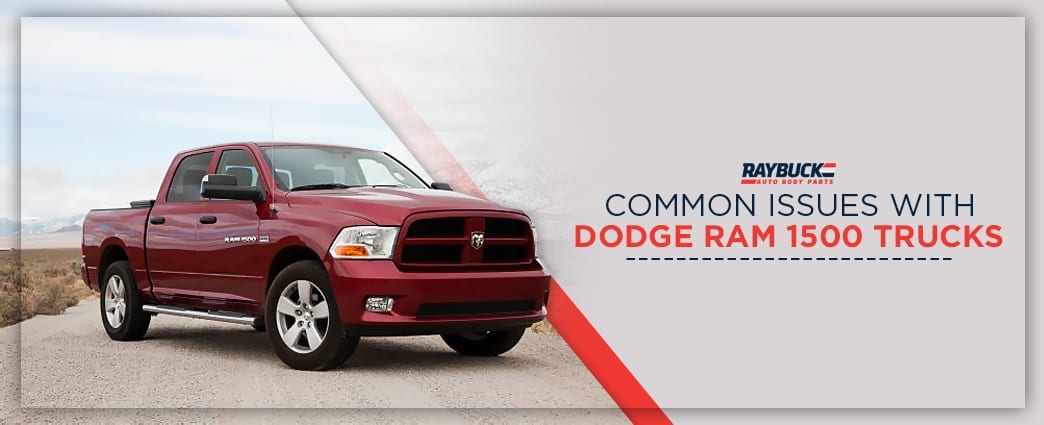
Credit: raybuck.com
Additional Tips And Tricks For Troubleshooting Squealing Noise
One of the common issues with 6.7 Cummins engines is a squealing noise at idle. To troubleshoot this problem, there are a few additional tips and tricks that you can follow.
Proper belt lubrication is essential to reduce friction in the engine. Belt dressing can be used to temporarily silence the noise. It helps to improve the grip between the belt and the pulleys, reducing slippage and eliminating the squeal. Apply the belt dressing according to the manufacturer’s instructions.
Frequently Asked Questions Of 6.7 Cummins Squealing Noise At Idle
What Causes Your Truck To Screech When Idle?
The screeching sound from your truck when idle is often caused by a worn or cracked serpentine belt. Over time, the grooves on the belt wear down, causing it to slip and create the squeal. Alternatively, cracks in the belt can lead to snapping.
Consider checking and replacing the serpentine belt if necessary.
Why Does My Cummins Whistle At Idle?
If you hear a high-pitched whistling sound from your Cummins engine at idle, it is likely due to a boost leak. The clamps and other components may be leaking out air when under pressure from the turbochargers.
How Do You Tell If A Belt Or Pulley Is Squeaking?
To tell if a belt or pulley is squeaking, listen for a high-pitched noise coming from the engine area. If the squeaking noise goes away when the belt is removed, it is likely belt-related. However, if the noise persists, it may not be related to the belt.
What Belt Makes Squealing Noise?
A squealing noise from the engine is typically caused by a worn or cracked serpentine belt. As the belt wears down, it can begin to slip, resulting in the squeal. Alternatively, cracks in the belt can cause it to snap.
Conclusion
The squealing noise coming from your 6. 7 Cummins engine at idle can be attributed to a few different causes. One common cause is a worn or cracked serpentine belt, which can result in a loose fit or even cause the belt to snap.
Another possible issue is a boost leak, where the clamps and other components leak out air under pressure from the turbochargers. To determine the exact source of the squeal, you can remove the serpentine belt and start the truck. If the squeak goes away, it’s belt-related, but if it persists, it’s likely not belt-related.
Take the necessary steps to address the issue and eliminate the squealing noise for a smoother and quieter engine operation.


